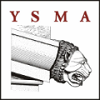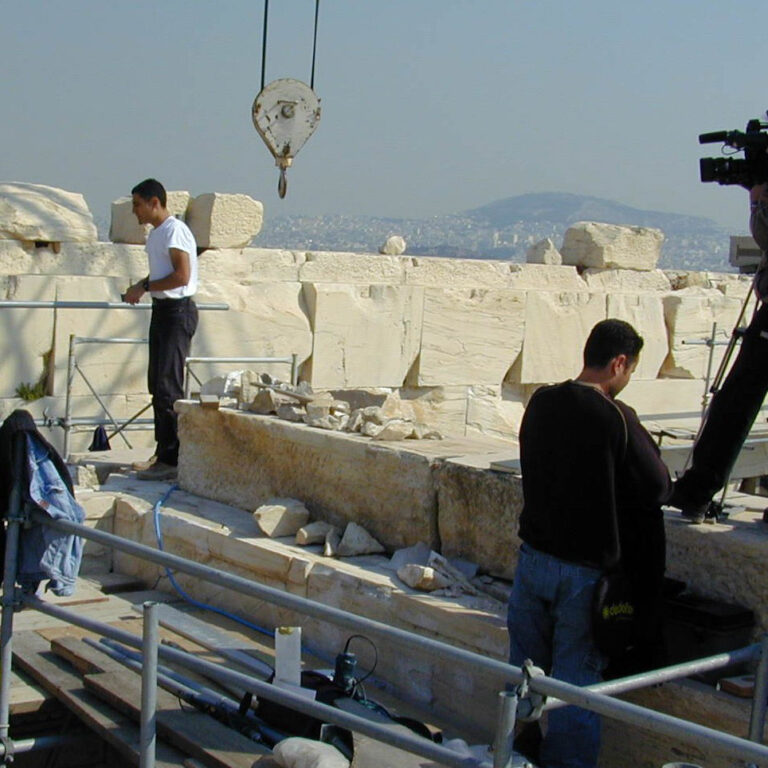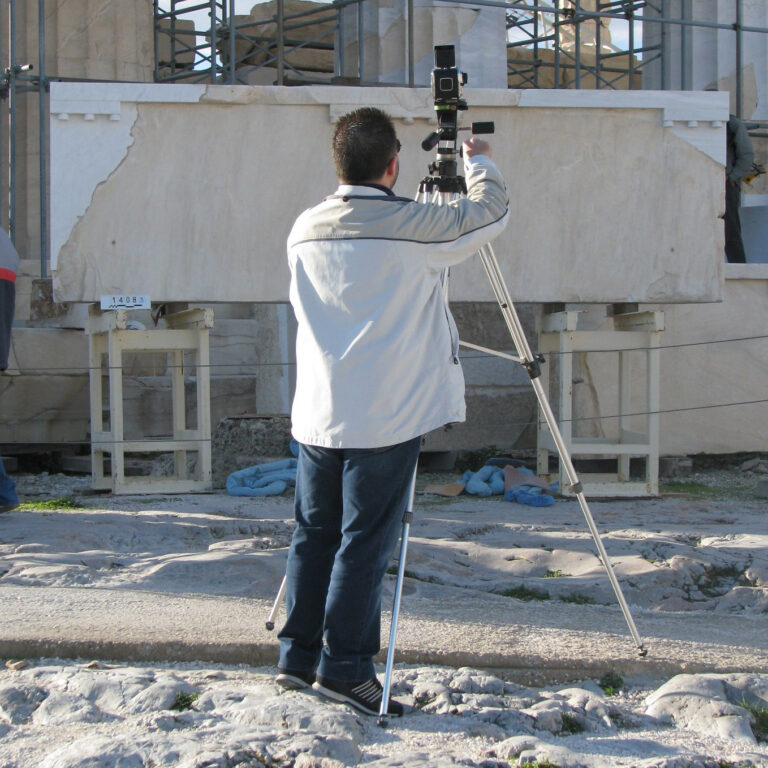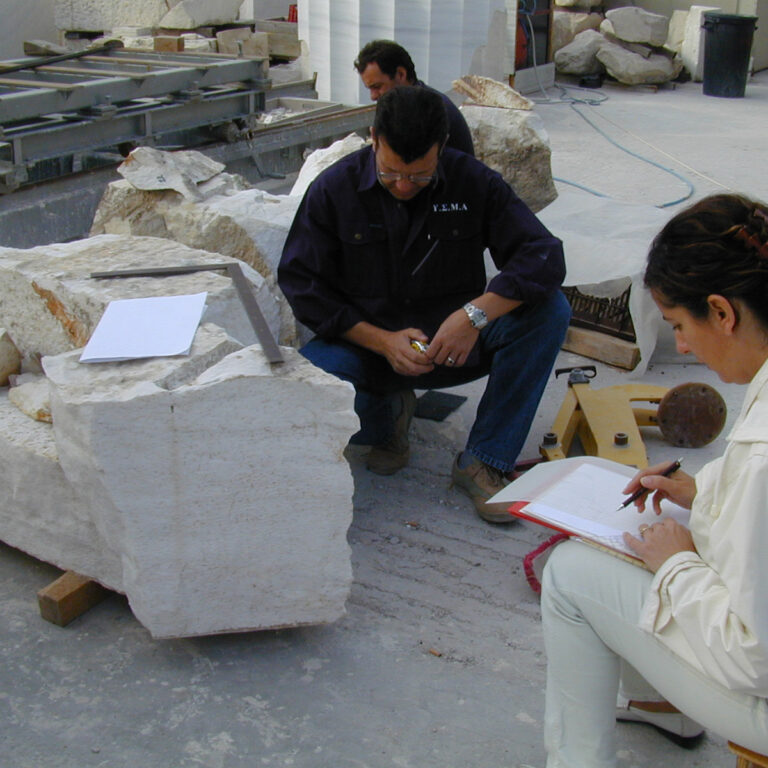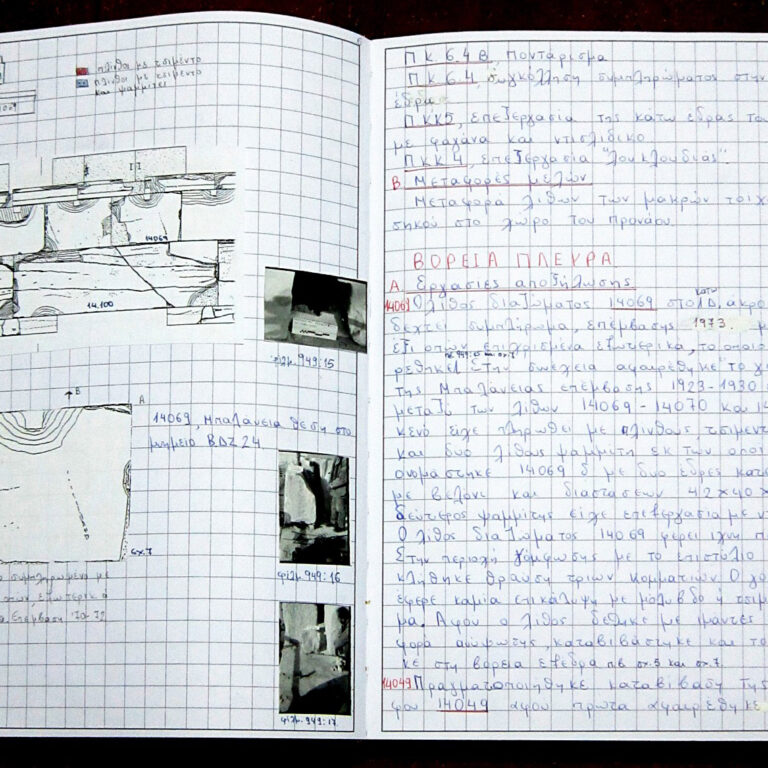
Analytical documentation of the works of restoration and conservation of the Acropolis monuments along the lines defined by the international charters and agreements, was one of the primary aims of the ESMA, particularly because the detailed recording of interventions assures that the principle of reversibility would be upheld. Before the restoration programmes were started, the existing condition of the monuments and of the surface of the rock were documented. To this end, both traditional methods of survey, with the measurements depending on a set system of reference points, and experimental methods were employed. Examples of the most advanced techniques applied in the past are photogrammetric surveying of parts of the Erechtheion, the use of gammagraphy and ultrasound for determining the structural condition of architectural members of the Erechtheion and the Parthenon, and also aerial photography of the Acropolis rock by balloon. Today, that the works on the Acropolis are in full sway, with three restoration programmes in progress, the interventions are documented in a systematic and detailed way, comprising recording of the works in daybooks, graphic documentation of the interventions, and systematic photographic monitoring.
The recording of the interventions daily in the daybook of restoration works, makes it possible to reconstitute the process of restoration after its completion. Recorded analytically in the daybook are the dismantling of the architectural members, the works of structural restoration and finally the re-setting of the members. In a corresponding, but separate, daybook, the conservation of the architectural members is also recorded on a daily basis.
Graphic documentation accompanies the written record of the works. The usual daily practice is to draw the architectural members that are dismantled at a scale of 1:10. With this goes a report identifying the member, with graphic commentary and description of its individual characteristics: this comprises the specific features of the member’s construction, evidence of changes in its use, and visible damage. Likewise produced at the worksite are drawings, on transparent paper at a scale of 1:10, showing structural restoration and recording structural changes undergone by the member in the process of the current anastelosis. These drawings show the newly identified fragments that belong together, the position and form of the new fillings, and the type of titanium clamps and dowels used in recomposing the members. The conservation team makes diagrams on a special transparent paper, showing, in different colours for different conditions, the various kinds of damage found on the architectural members of the monuments. Included in the graphic documentation are also drawings of the scattered architectural members and sculptures, by the team of the corresponding section. During the last years digital drawings, based on measurements carried out either with the use of mechanical means or with 3D digital scanning, have also been produced.
Photography too is employed for documenting the works of conservation and restoration. The picture produced supports the daily observations of the researchers at the work-site in a comprehensible and direct way. The systematic use of this method over the years makes it possible to study the monuments and their changes diachronically. Daily documentation of the works is done with black-and-white film and slides; recently digital technology is being used so as to have a more direct and effective recording of the interventions. The damage evident on the members and the surface conservation is documented in similar fashion by the team of the corresponding section. In addition to the daily use of photography as a means of documentation, the monuments or parts of them are specially photographed by the YSMA photographer at regular intervals or, exceptionally, when there is a special intervention. Photography is also used for the inventory of the scattered architectural members and sculptures. Cinematography too is used to document the works. This is done by a special outside team in direct collaboration with those carrying out the work.
The documents produced are kept in the YSMA Documentation Office, where they are organized and inventoried so as to facilitate their retrieval. In their entirety, they comprise a valuable source of information, accessible to researchers, that makes it possible to comprehend the monuments and the works of anastelosis in depth.
